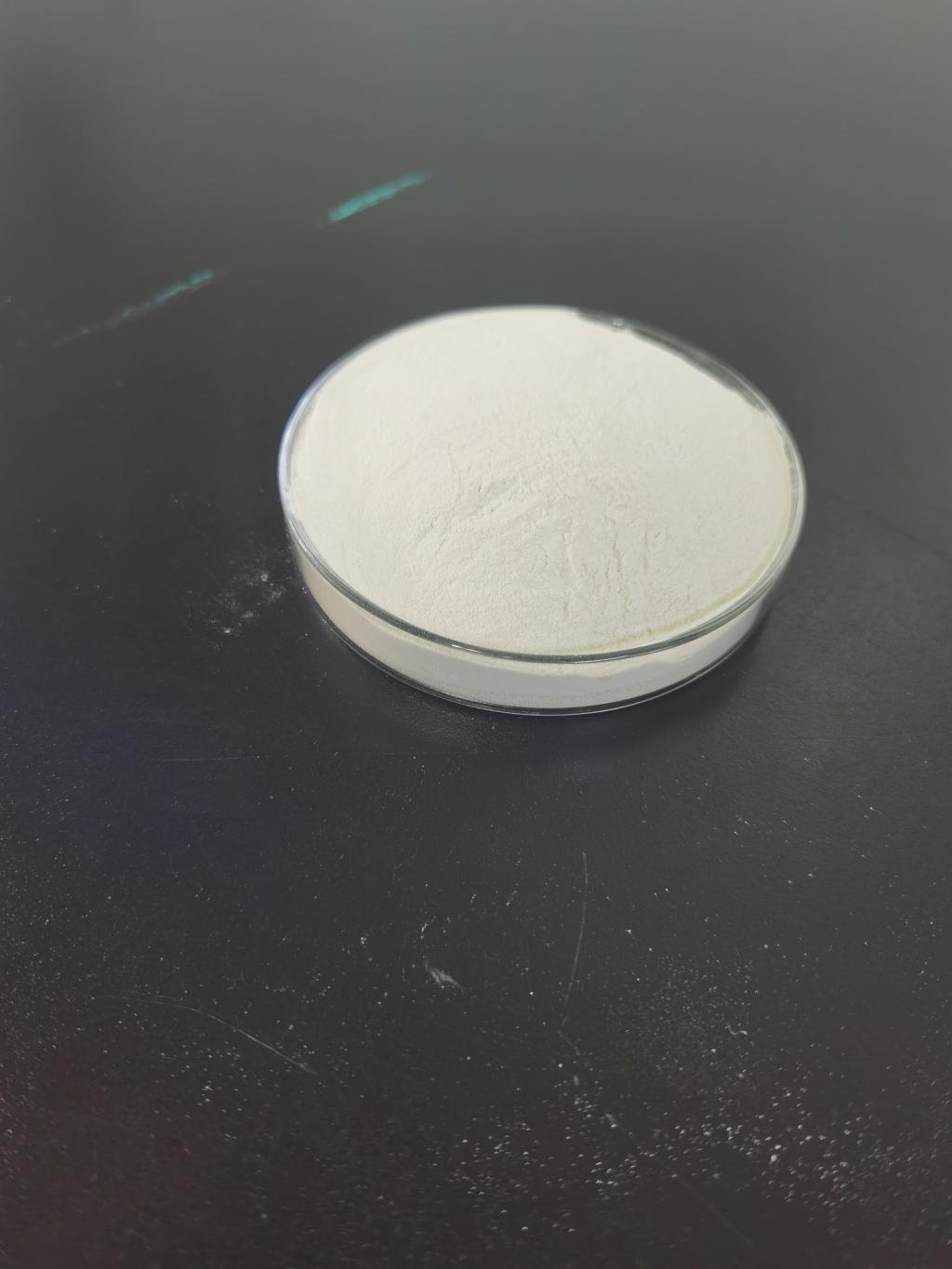Tel:+8618231198596

News
 CONTACT
CONTACT
 CONTACT
CONTACT
- Linkman:Linda Yao
- Tel: +8618231198596
- Email:linda.yao@dcpharma.cn
- Linkman:CHARLES.WANG
- Department:Overseas
- Tel: 0086 0311-85537378 0086 0311-85539701
News
Current Position:
Home >
News
>Nisin's Applications in Emergency Food Aid: Ensuring Safety in Crisis Situations
Nisin's Applications in Emergency Food Aid: Ensuring Safety in Crisis Situations
TIME:2024-02-23
The Challenge of Food Safety in Emergency Aid
1. Urgency and Logistics
Emergency food aid is characterized by the urgency of delivery and the logistical challenges associated with reaching affected areas promptly. These factors make it susceptible to compromised food safety standards, risking the health of recipients.
2. Vulnerability to Contamination
During emergencies, food supplies may be exposed to various environmental conditions, including temperature fluctuations and unsanitary handling. Such conditions increase the risk of microbial contamination, posing a threat to the safety of the provided food.
3. Importance of Shelf Life Extension
Extending the shelf life of emergency food aid is crucial to ensuring its availability for an extended period. Nisin's natural preservative properties make it a promising solution to address the challenge of maintaining food safety during storage and transportation.
Understanding Nisin: A Natural Antimicrobial Peptide
1. Source and Production
Nisin is produced by certain strains of lactic acid bacteria, primarily Lactococcus lactis. It has a long history of safe use in various food products and is recognized for its effectiveness against a broad spectrum of bacteria, including pathogens responsible for foodborne illnesses.
2. Mechanism of Action
Nisin's mechanism of action involves disrupting the cell membranes of bacteria, leading to leakage and cell death. This unique mode of action makes it a powerful and natural tool for inhibiting the growth of harmful microorganisms.
Nisin's Applications in Emergency Food Aid
1. Preservation of Staple Foods
Staple foods provided in emergency aid, such as rice, grains, and legumes, are susceptible to spoilage. Incorporating Nisin into the packaging or as a coating helps preserve these staples, ensuring they remain safe for consumption over an extended period.
2. Protection Against Pathogens
In situations where water and sanitation infrastructure may be compromised, the risk of waterborne pathogens contaminating food is heightened. Nisin's ability to combat a wide range of bacteria, including pathogenic strains, provides an additional layer of protection against foodborne illnesses.
3. Enhanced Safety in Ready-to-Eat Meals
Ready-to-eat meals are common in emergency food aid, offering convenience and nutritional value. Nisin can be incorporated into these meals to enhance their safety, allowing vulnerable populations to access nutritious and safe food without the need for extensive cooking facilities.
Success Stories: Nisin in Action
1. Refugee Camps
Refugee camps often face challenges in maintaining proper food storage conditions. Introducing Nisin-coated packaging for staple foods has shown success in preserving the safety and nutritional quality of food supplies, especially in resource-constrained settings.
2. Post-Natural Disasters
In the aftermath of natural disasters like earthquakes or hurricanes, where infrastructure damage disrupts normal food supply chains, Nisin-treated food items have been deployed to provide a reliable source of safe nutrition for affected communities.
Implementing Nisin in Emergency Food Aid
1. Collaboration with Aid Organizations
Aid organizations, working closely with researchers and food scientists, can collaborate to integrate Nisin into emergency food aid programs. This collaboration ensures that the application aligns with the specific needs and conditions of crisis-affected populations.
2. Education and Training
Training personnel involved in the distribution and handling of emergency food aid is essential. Educational programs can raise awareness about the benefits of Nisin, emphasizing its role in enhancing food safety and supporting the health and well-being of recipients.
3. Regulatory Considerations
Navigating regulatory frameworks and obtaining approvals for the use of Nisin in emergency food aid is a crucial step. Clear guidelines and streamlined processes can facilitate the rapid adoption of this natural preservative in crisis situations.
Challenges and Future Considerations
1. Cost and Affordability
While Nisin has demonstrated its efficacy, considerations of cost and affordability must be addressed to ensure that its benefits are accessible to a wide range of humanitarian organizations involved in emergency food aid.
2. Cultural Acceptance
Introducing Nisin into traditional diets may require cultural sensitivity and community engagement. Understanding and respecting cultural preferences is vital for the successful implementation of Nisin in diverse crisis-affected populations.
3. Research and Development
Continued research into the application of Nisin in different food matrices and under varying environmental conditions is crucial. Ongoing innovation can lead to optimized formulations and strategies for maximizing the impact of Nisin in emergency food aid.
Conclusion
Nisin's applications in emergency food aid represent a promising avenue for improving food safety in crisis situations. As a natural and effective antimicrobial peptide, Nisin addresses the unique challenges associated with the preservation of food supplies during emergencies. Collaborative efforts among aid organizations, researchers, and regulatory bodies are essential to integrate Nisin seamlessly into emergency food aid programs. By doing so, we can not only extend the shelf life of essential food items but also ensure that vulnerable populations receive safe, nutritious, and culturally appropriate meals during times of adversity. In the complex landscape of humanitarian crises, Nisin emerges as a beacon of hope, safeguarding the well-being of those in need through the preservation of food safety.
- Tel:+8618231198596
- Whatsapp:18231198596
- Chat With Skype







